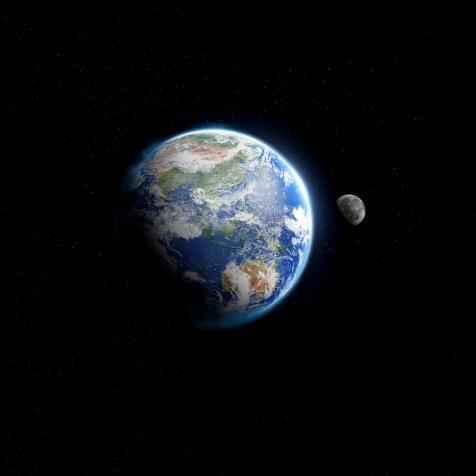
Ezra Bailey
Solar-Powered Desalination: Cleaner Water Through Sunlight
Desalination is one of the most widespread clean water technologies on the planet, so what is being done to make it cheaper and more accessible?
Desalination is one of the most widespread clean water technologies on the planet and its use is essential for dry regions with poor-quality fresh water supply. So a new low-cost solar-powered desalination device could be the ideal solution to make water purification more widely affordable and environmentally friendly.
New Developments

Ashley Cooper
A new multi million dollar desalination plant in Sydney, Australia. Much of Victoria and New South Wales have suffered an awful drought for the last 10–15 years. This has threatened water supplies to even major cities like Sydney. Making drinking water out of sea water, is expensive but seen as essential to secure Sydney's water supply.
Academics and students at MIT and Shanghai Jiao Tong University in China have designed a passive solar-powered system that produces more than 1.5 gallons of drinking water per hour for every square meter (11 square feet) of solar collecting area. Using a multi-layered vertical array of evaporators and condensers allows each unit to operate like a solar still, creating pure distilled water as vapor moves upwards through each layer.
As vapor condenses on a surface it releases heat. Each stage then reuses that heat in the next evaporation process instead of wasting it. This heat recycling action meant the team's device achieved an energy conversion efficiency, from sunlight to water evaporation energy, of 385 per cent. Adding more stages and optimizing the process could improve efficiency to 700 or 800 per cent.
In the proof-of-concept device a 10-stage system was set up on a rooftop at MIT. The solar still effect delivered water purer than standard city drinking water at a rate of 1.52 gallons (5.78 liters) every hour, producing more than two times as much as the previous record set by a passive solar desalination system.
Widespread Use

Raquel Lonas
Carlsbad, CA
More than 120 countries worldwide use desalination technologies to purify seawater and brackish water for drinking, agriculture and industry. In the US the largest desalination plant is in Carlsbad, California, pumping out 50 million gallons of desalinated water daily–enough for 400,000 people.
Upwards of 96% of all water on Earth is saltwater, with only 3.5% fresh water and most of that is trapped in glaciers and the ice caps. Countries in the Middle East such as Saudi Arabia, Kuwait and the United Arab Emirates, rely on desalinated water for their needs. Jubail in eastern Saudi Arabia is home to the world's largest desalination plant, producing 370 million gallons every day.
Common desalination methods used in large plants include reverse osmosis, where saline water is forced through membranes at high pressure to remove salt, and thermal desalination with heat evaporation and a multi-stage distillation process. Both are expensive, require a lot of energy, and are seen as net contributors to greenhouse gas emissions.
Environmental damage can also be caused to ocean ecosystems from sucking in seawater and pumping toxic chemicals used in purification along with concentrated waste brine back into the sea. These and other damaging byproducts are a challenge for desalination plants to overcome.
In comparison, the solar team's system produces no concentrated brine. Demonstration units were built using readily available materials including paper towels as a wicking material to absorb seawater. Relatively expensive components such as insulating aerogel could be swapped for a less expensive material and they estimate a domestic system could be built to serve the needs of a single family for around $100.


















